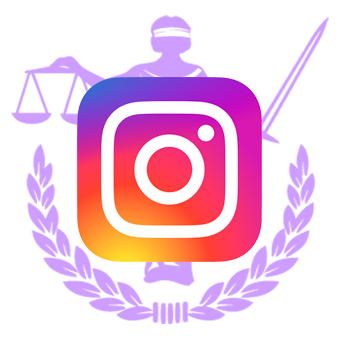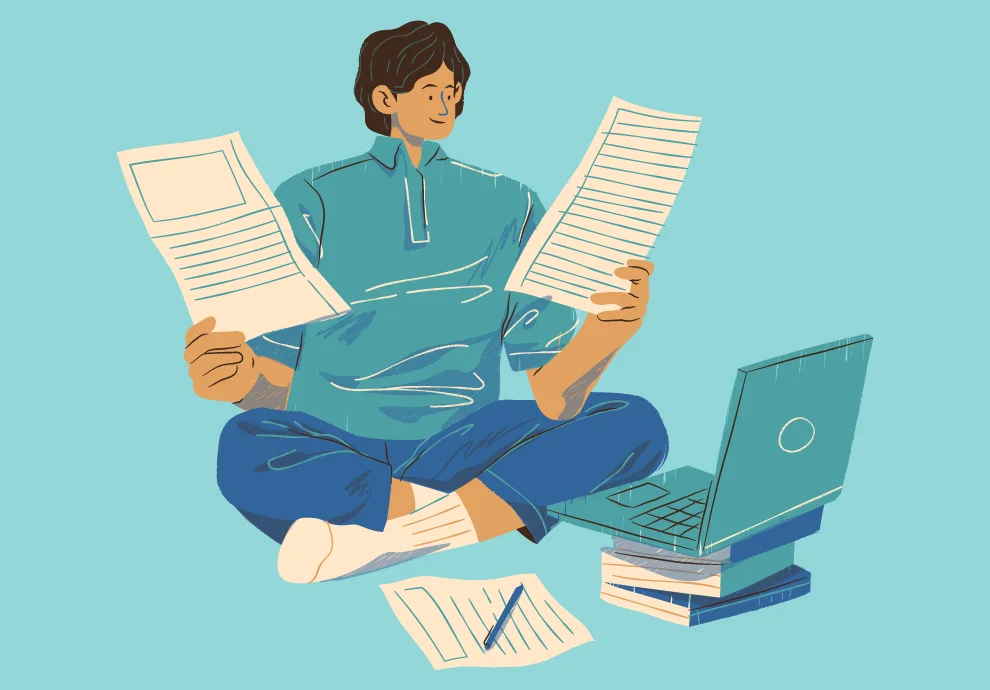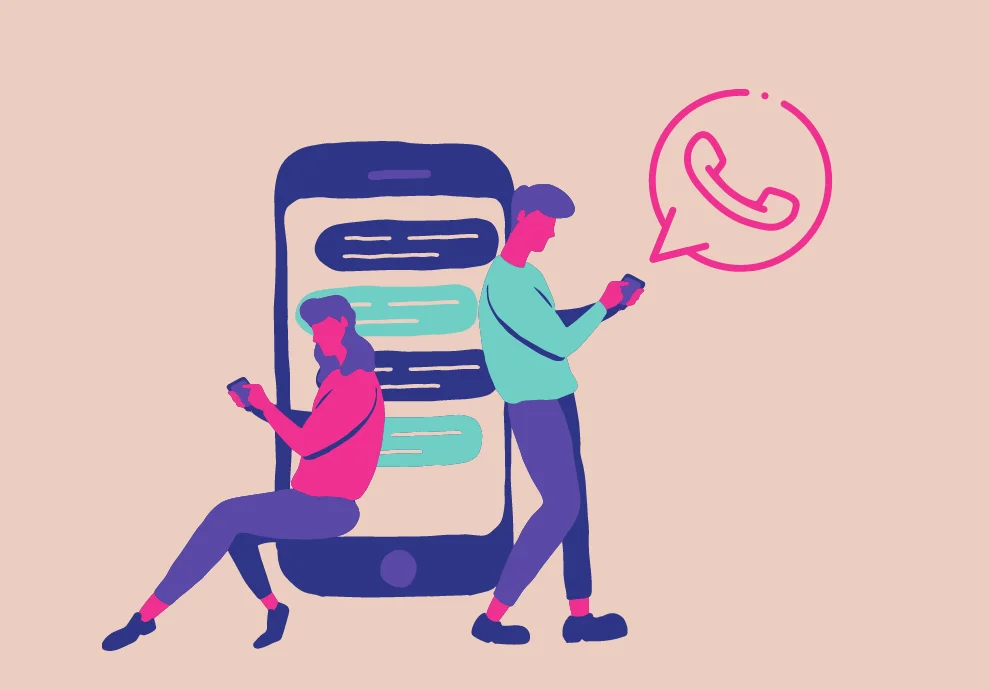Instagram users often speak of photographic copyright. They usually argue on someone having breached anyone else’s rights, stolen or illegally published something or misappropriated the authorship.
We have figured out how photographic copyright works on Instagram and how to publish pictures without any risk of their deletion or being sued.
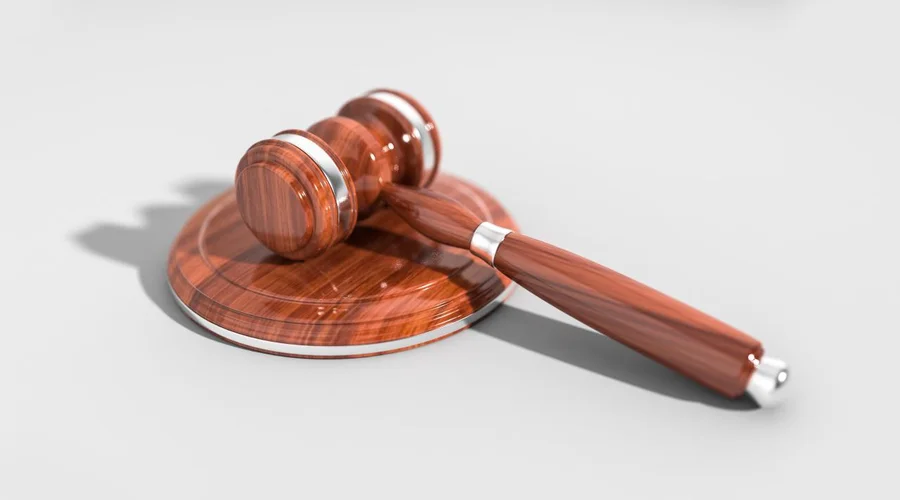
Photographic Copyright
Every photo is simultaneously subject to two kinds of rights—copyright and property rights. In the view of international legislation there is no difference between an occasional Instagram photo and a work of a famous photographer. Since the photo exists it is subject to copyright and property rights.
Copyright
Belongs to the author, it cannot be sold, transferred, granted or taken away. Copyright belongs to the author forever. To prove ownership of copyright you need to present the films or the original picture made with a camera or a mobile phone (the original picture contains special information, which is almost impossible to fake).
Property rights
Come into force when the author sells the picture. Formally he still retains the authorship but has no right to use the picture the way he or she likes. The new owner can use the photo at his or her discretion and the author cannot impede him. Property rights have a validity period and can be taken away by the court. To prove ownership of property rights you need the document on purchasing the picture or the contract for photography services.
Look how such the rights work on Instagram
Good. You saw a beautiful picture of a bouquet from your shop and asked the author for permission to post it on your Instagram. The author gave you permission and you referred to their profile when publishing.
Bad. You came across an occasional photo of some cat on the internet and published it together with your advertising text. As a result, both the copyright and property rights are breached. The author may complain and your photo may be deleted.
Dubious. In your flower shop worked an employee who made pictures of bouquets and posted them on Instagram. She left and then demanded from you to refer to her profile and pay for the photos. You can prove your property rights for such pictures because making them was a part of her job. But the copyright belongs to the employee and you have to observe it. You should indicate her name in the description of each picture.

Pictures of people
Pictures of people cause even more trouble. An image of a person is regarded as personal data. There is a different attitude towards such photos in different countries but generally you need a person’s permission to publish them. If you post them without such the permission, a person may complain to Instagram support and they may delete the picture. Pictures of people made in public places are not subject to this rule. If you pictured a person in the street or at a concert, the photo belongs to you.
Good. You are going to make pictures for an Instagram shop look book. You ask the models to give their permission in writing that they agree to provide their photos. Everything is ok, you can use the photos freely.
Bad. You made photos of people in your showroom and posted them on Instagram. Someone is displeased with a picture and complains. As a result, the photos are deleted.
Dubious. A user made a picture of you and published an insulting post on Instagram. You made a repost, then your opponent complained and they deleted that picture. Notwithstanding he or she insulted you, you illegally used the picture and breached the copyright. Don’t mix insults and photographic copyright.
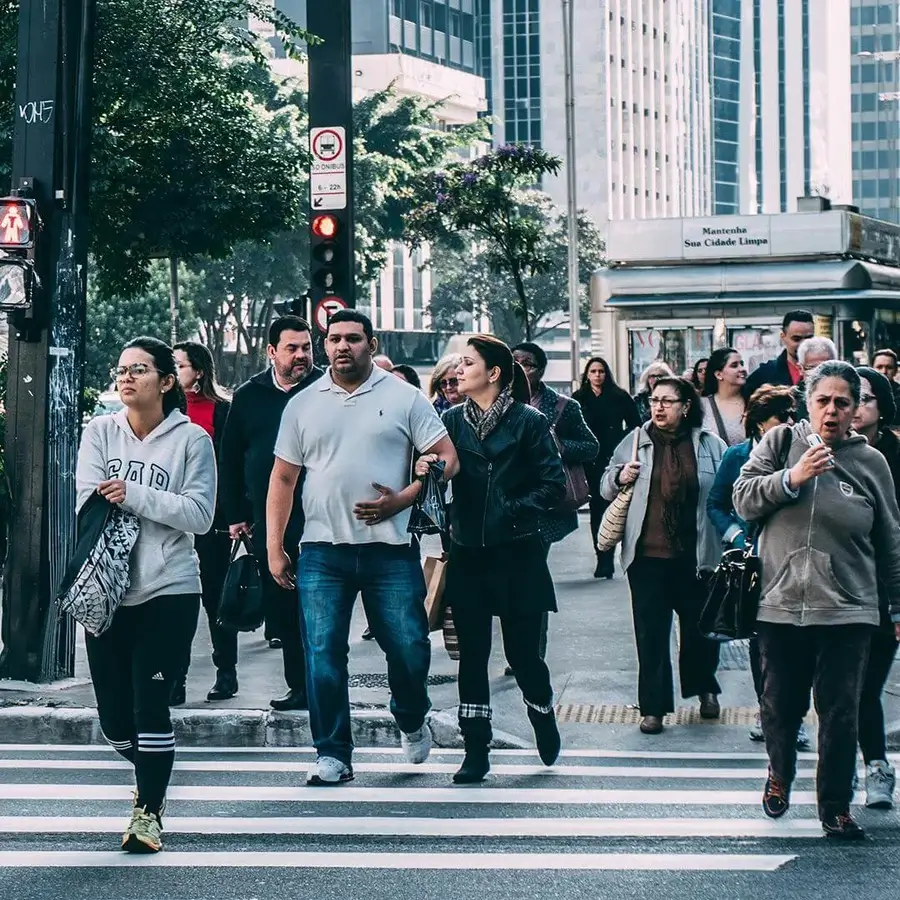
Photo by Kaique Rocha from Pexels https://www.pexels.com/photo/people-brasil-guys-avpaulista-109919/
To sum it up, how to upload pictures to Onlypult without breaching any rights:
- Try to post only pictures you made yourself. This way you save both your copyright and property rights.
- If you use someone else’s pictures, agree on publishing with the owner (ask for permission or sign a contract with the photographer). This way you acquire the property rights and observe the copyright referring to the photographer.
- Pictures of people are their personal data. You can post such photos only if you have the permission. Public places and events are not subject to this rule (for example, streets).
